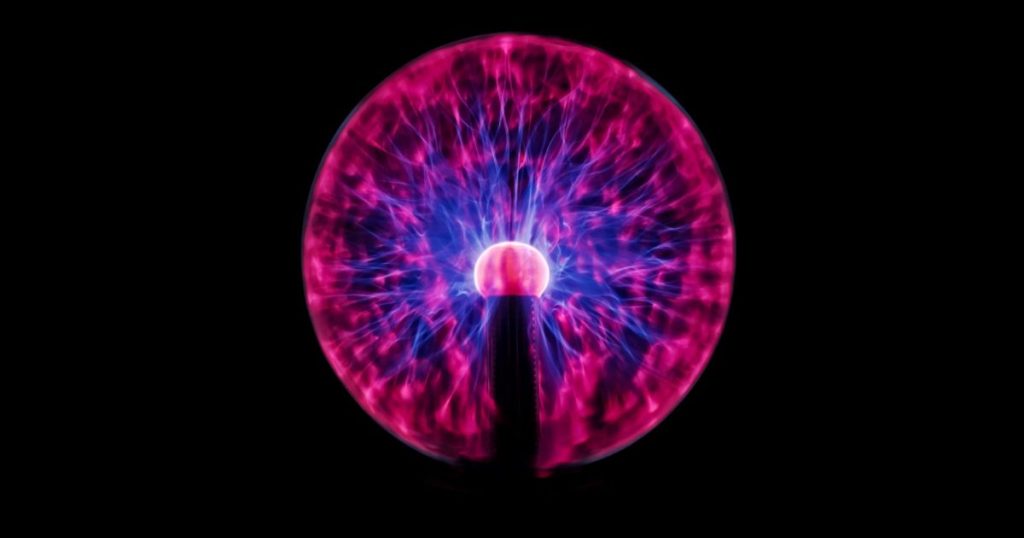
Cambridge IGCSE recently announced the changes made to the new physics syllabus for the fiscal year of 2023 and onwards. The syllabus changes have aimed to include some more relevant standards to ensure that the students are currently getting their hands on some of the most updated development in the world of physics. Moreover, the syllabus features a range of different methodologies implemented to ensure that students can develop practical skills. A brief description of all the implemented changes is given below.
1 | GRAVITIONAL ACCELERATION
Till a few years ago, the standard force of gravity in secondary educational level problems was assumed to be 10 m/s2. It was a round number that made certain calculations easier. This number is now being changed to 9.8 m/s2. This change help students to understand and advance easily into A-Level Physics as A-Level Physics uses 9.81 m/s2. That’s not much of a difference. And, even though this number does not remain constant all over the globe, the generalization is a lot more accurate and produces much more precise results.
2 | SPECIFIC LATENT HEAT
Specific latent heat is considered to be the amount of energy that’s needed to alter the state of matter of 1 kg of material without influencing its temperature in any way. In the recent iteration of the physics syllabus, this topic was taken out.
3 | SANKEY DIAGRAM
The Sankey Diagram is a pretty interesting concept that symbolizes the flow of energy. The diagram talks about how to communicate sources and utilize the resources (materials, costs, etc.) offered. The diagram was originally created by Irish Captain Matthew Henry Phineas Riall Sankey. He used the diagram to calculate the efficiency of his steam engine back in the 19th century. Since then, there have been hundreds of possible use cases of the diagram for calculating the efficiency of systems which is why its addition to the physics syllabus was detrimental.
4 | TEMPERATURE METRIC
In 2023, the Cambridge IGCSE syllabus is going to be making the much-needed change of the temperature metric. Even though it’s not the SI unit of temperature, degree Celsius (°C) has been widely used in the industry. So, the syllabus was now changed to include the unit ‘Kelvin (K)’ instead of degree Celsius across the syllabus. From °C to K, it can help students to understand further about temperature. Temperature does not only stop at 0°C and there is a possibility that matters stay at “0” which is absolute temperature (0 K).
5 | REMOVAL OF LOGIC GATES
Logic gates were always a digital system-based topic that was added to the physics syllabus and it was taken out to make room for other, more relevant chapters and topics.
6 | SPACE PHYSICS

Perhaps the most major change made to the physics syllabus was the addition of a space physics chapter in the curriculum. Space physics was always considered to be a huge part of the world of physics, but the syllabus never really did it justice. So, to account for that, Cambridge IGCSE introduced this new chapter into the syllabus. The syllabus will give students a detailed overview of solar systems, planetary data (i.e., orbital distance, duration, density, etc.), and even the moon of different planets.


Written by Mr Ivan Soh of VBest
Edited by Ms Shwu-Tiinn